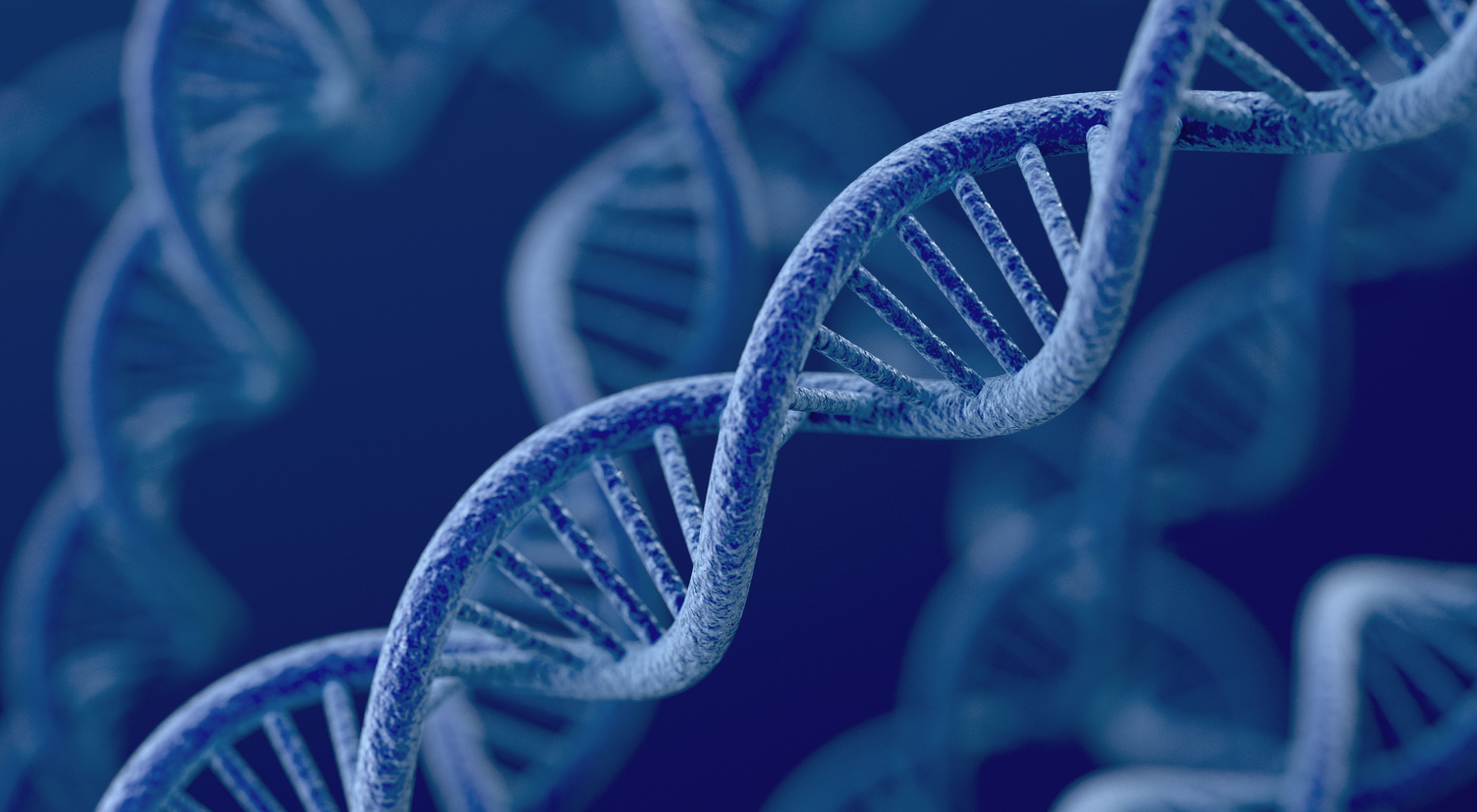News
Article
The Role of Biomarker Testing for Personalized Therapy in Lung Cancer
Author(s):
Patients with lung cancer may have personalized treatment options after biomarker testing, an expert said at the CURE® Educated Patient® Lung Cancer Summit.
Biomarker testing can be done via tissue samples or blood tests, an expert explained.

Undergoing biomarker testing may help patients with lung cancer receive more personalized treatment, an expert said during the CURE® Educated Patient® Lung Cancer Summit.
Biomarker testing is a method that checks for specific genes, proteins or other molecules by taking samples of tissue, blood or other body fluids, according to the National Cancer Institute. Results from the test may also help doctors form an effective treatment plan, figure out how well treatment is working or help predict whether the cancer will return or metastasize (spread).
Types of Biomarker Testing in Lung Cancer
The two main techniques of biomarker testing include next-generation sequencing (NGS) and immunohistochemistry testing, explained Dr. Michelle Afkhami, medical director of cytogenetics and clinical molecular diagnostic laboratories at City of Hope in Duarte, California.
“The molecular testing you widely hear about is next-generation sequencing,” she said. “[This is] parallel testing of thousands of genes and locations that can detect gene alterations such as EGFR, which is a very important gene in lung cancer and can have [EGFR] inhibitors or antibodies to treat specifically the cells that carry this mutation.”
Immunohistochemistry is another technique that helps doctors determine signs of lung cancer within a tissue sample, as defined by the Cleveland Clinic.
“Immunohistochemistry, on the other hand, is one of the biomarker [tests] we can do for lung cancer,” Afkhami said. She described that immunohistochemistry could help predict patients’ responses to immunotherapy based on their PD-L1 expressions. PD-L1 is a type of protein that maintains the body’s immune responses but may be found in abnormally high amounts on certain cancer cells.
WATCH: Biomarker Testing 'Vital' to Identify Best Treatments for Lung Cancer
How Biomarker Testing Is Used for Lung Cancer
Clinicians can conduct biomarker testing with either tissue or blood samples.
When a patient undergoes tissue-based immunohistochemistry biomarker testing, a small section of the tumor is analyzed under a microscope to help identify the pattern of cancer, Afkhami said.
She also described that if patients have circulating tumor cells (fragments of the primary tumor that shed into the blood circulation system), then doctors can detect circulating biomarkers via blood-based NGS.
“[Doctors] have pros and cons [for] each method,” Afkhami said. “Usually the tissue-based [approach] is very specific because the [circulation] can be from any organ in the body. However, it’s more invasive to get a tissue biopsy, and the circulating tumor cells [are] minimally invasive [and] usually have a shorter turnaround time.”
Afkhami explained that DNA and RNA can also be extracted and put into a NGS machine to undergo a bioinformatics analysis (tools used to interpret the biological data).
“Each of these steps take between 24 to 48 hours and the sequencing usually takes four to five days,” she noted. “The interpretation [is] at the end; we review everything and we do the curation of [patients’] genomic results. Then, [patients] get to see the final reporting of their biomarker that can be utilized by all [on] the oncology team to target [the cancer with] treatment.”
The most optimal time to receive NGS for lung cancer is at the time of diagnosis and at the time of recurrence (when the cancer returns) or progression (when the cancer worsens or spreads), Afkhami said.
Understanding Mutations, Fusions and Biomarkers
It’s important for patients to understand the role of mutations and how they may impact treatment, Afkhami explained. Exon mutations, specifically, may affect what treatment a patient can receive.
“Exon 18, exon 19 and exon 21 [mutations] have the most sensitive hotspot region for treatment [in patients with] EGFR [mutations],” she said. “The exon 20 [mutation] has the highest rate of the resistant mutation, but with the discovery of newer generations of drugs, those resistant mutations are decreasing in recent years as well.”
Of note, mutations and fusions are “important for targeted therapy,” Afkhami emphasized during the summit. Some fusions and mutations, she listed, may include neurotrophic tyrosine receptor kinase (NTRK) gene 1/2/3 fusions, MET exon 14-skipping mutations and RET fusions.
An NTRK gene fusion is when a mutation — or change — occurs when a chromosome with the NTRK fusion has a piece broken off and joins a chromosome’s gene, according to the National Cancer Institute.
MET exon 14 skipping mutations are a type of mutation that drives lung cancer progression and recurrence, noted a recent study published in British Journal of Cancer.
A RET fusion is when a piece of DNA creates a fusion by joining another gene, which can lead to uncontrolled cancer growth, according to the American Lung Association.
“It's very important to have a very sensitive and specific next generation sequencing assay that can detect all of these different alterations to guide personalized treatment of lung cancer,” Afkhami said.
For more news on cancer updates, research and education, don’t forget to subscribe to CURE®’s newsletters here.




